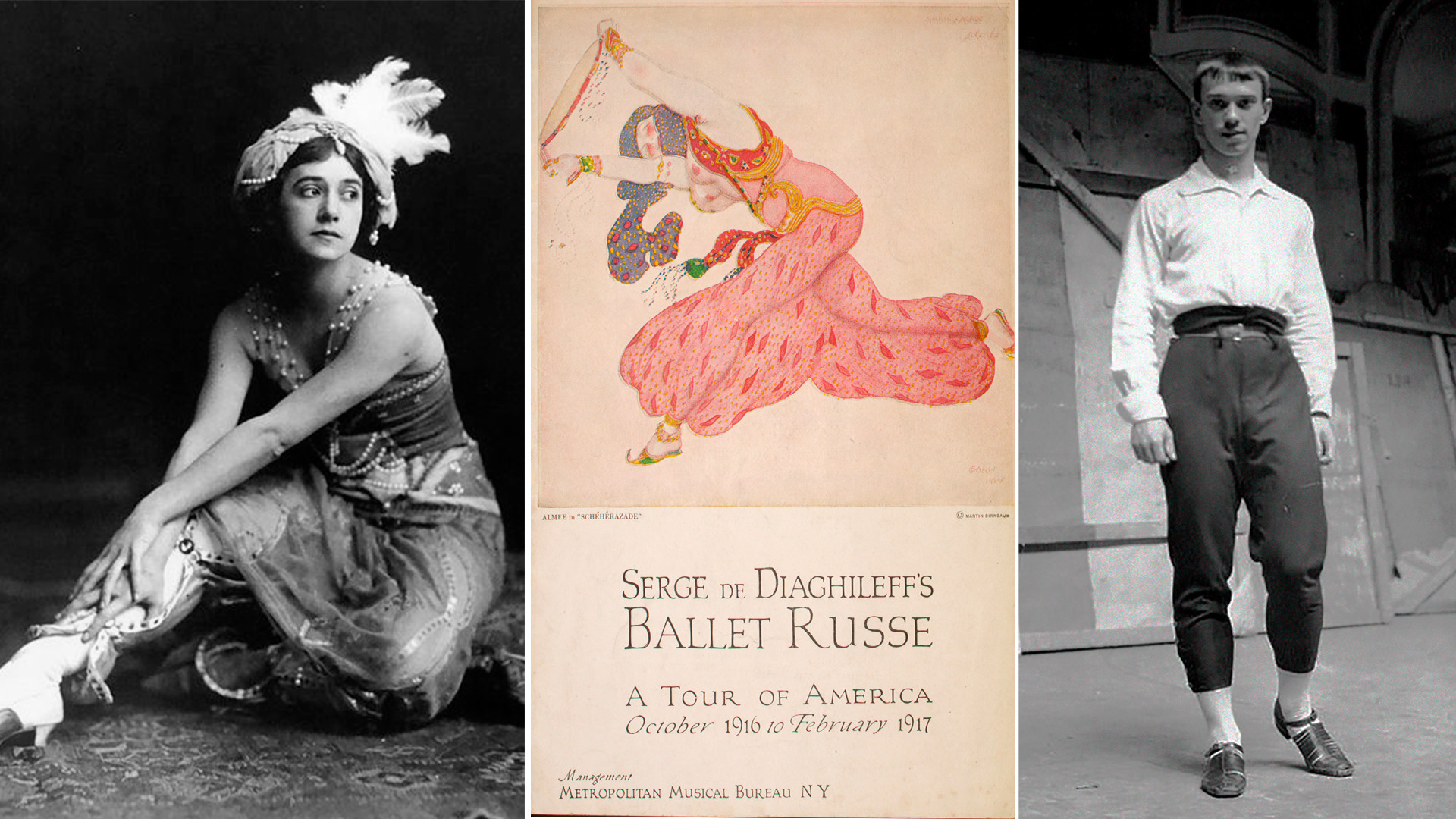
At the beginning of the 20th century, impresario Serge Diaghilev organized regular tours of Russian artists abroad. The first performances were held in 1907-1908 in Paris under the title of ‘Saisons Russe’ (Russian Seasons) and included the operas ‘Boris Godunov’, ‘Prince Igor’, ‘The Maid of Pskov’ and ‘Ruslan and Ludmila’. In 1909, Diaghilev also included a ballet program in Saisons Russe, in which the dancers of the Mariinsky and Bolshoi Theaters starred.

Poster for the Saison Russe at the Théâtre du Châtelet, 1909.
Heritage Images/Getty ImagesThe following year, he decided to show only ballet performances and, in 1911, the impresario turned the seasonal tours into the itinerant ‘Ballets Russes’ company, based in Monte Carlo.
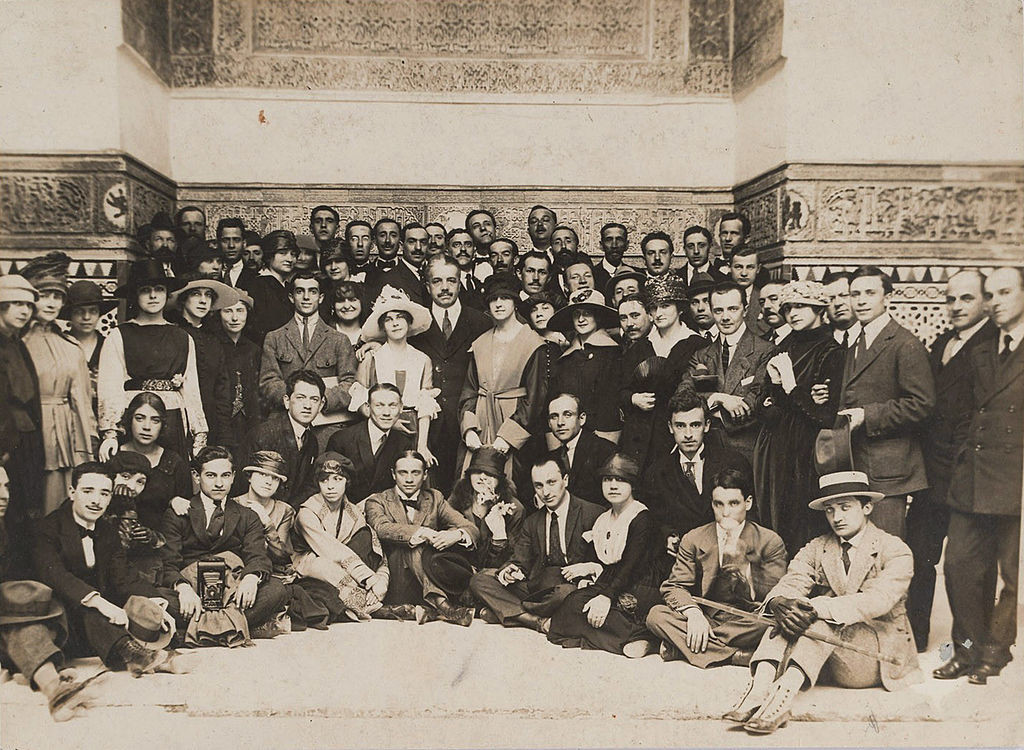
Ballets Russes in Seville, Spain, 1916.
Heritage Images/Getty ImagesThe most important of Diaghilev’s achievements was the discovery of new musical names. Among his troupe were the most famous dancers of Imperial Russia: Anna Pavlova, Tamara Karsavina, Vaslav Nijinsky, Yekaterina Geltzer. Michael Fokine accompanied the troupe as a choreographer. The costumes were created by Léon Bakst and Alexandre Benois and the composer for early programs was Igor Stravinsky.
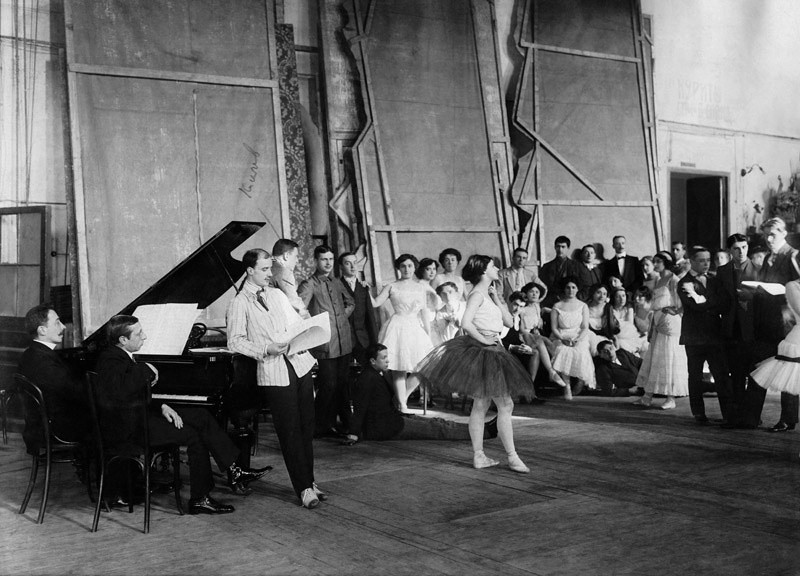
Ballets Russes during the rehearsal: at the piano on the right is composer Igor Stravinsky, and standing is Michael Fokine. In the center is ballerina Tamara Karsavina.
Alexandrov/St. Petersburg State Museum of Theater and MusicThe season of 1909 opened in the Parisian Théâtre du Châtelet with the five performances by Fokine: ‘Le Pavillon d’Armide’ (The Pavilion of Armide) with Pavlova and Nijinsky, ‘Polovtsian Dances’ (a scene from ‘Prince Igor’), dance suite ‘Le Festin’ (The Feast), romantic ballet ‘La Sylphide’ (The Sylph), and ‘Cléopâtre’ (Cleopatra) ballet. All the premieres were welcomed by the audience with great enthusiasm and Russian ballet became a world known brand.

Serge Diaghilev and friends. // Ballets Russes in London.
Public Domain; St. Petersburg State Museum of Theater and MusicThe 1910 and 1911 seasons were also held in Berlin and Brussels. It started with Fokine’s new ballets: ‘Carnaval’, which the maestro considered his best work, ‘L’Oiseau de feu’ (The Firebird) with Tamara Karsavina, Scheherazade, Giselle, and ‘Les Orientales’ (dances from various ballets).

Left: Tamara Karsavina as Zobeida in Scheherazade, 1911; Tamara Karsavina and Michel Fokine in The Firebird.
E. O. Hoppé; Public DomainIn 1912, Serge Diaghilev had started to collaborate with French composers Joseph Maurice Ravel, Reynaldo Hahn, Achille-Claude Debussy and Jean Cocteau, turning classical ballet into an experimental dance. Among them were ‘Blue God’ (an Indian-themed ballet), ‘The Afternoon of a Faun’, choreographed by Nijinsky, and ‘Daphnis and Chloe’, the Ravel described as “choreographic symphony”.
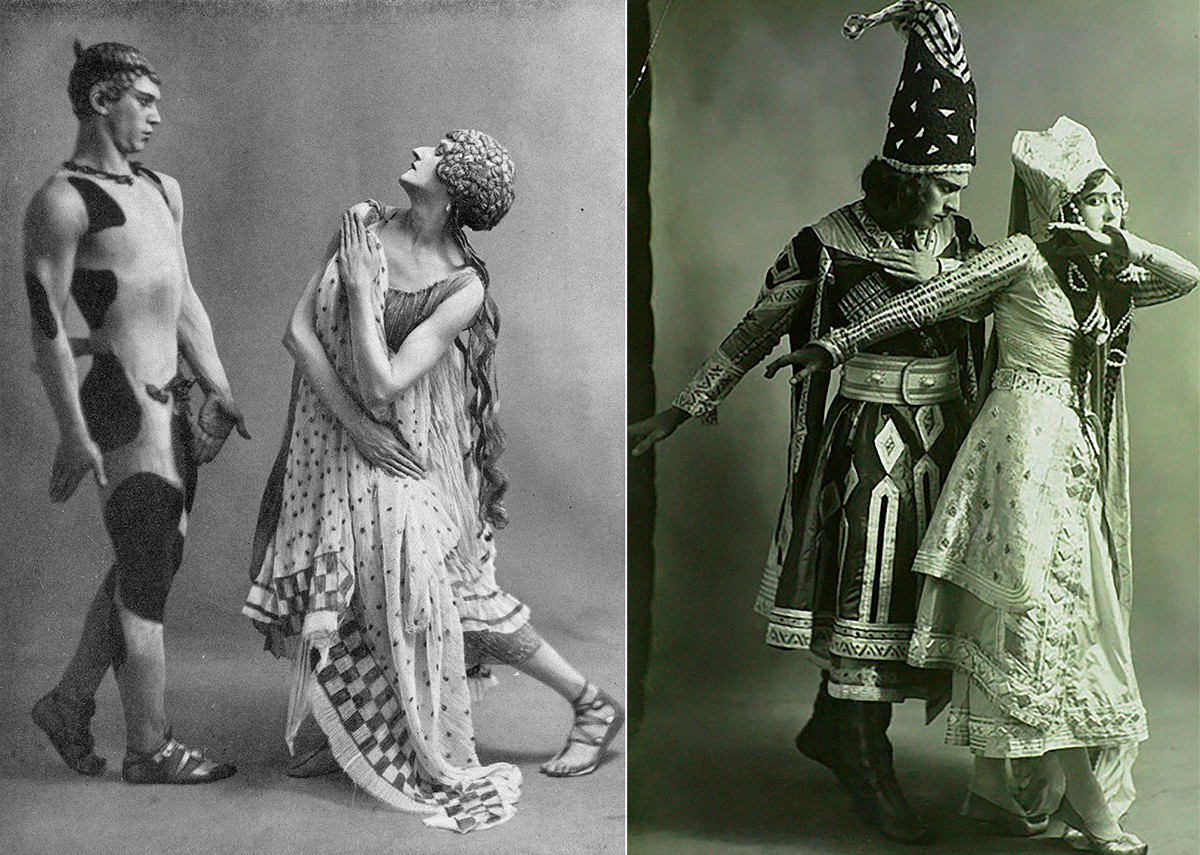
Nijinsky and Karsavina, 1912.
Edward Gooch Collection/Getty Images; Public DomainOne of the most extravagant ballet shows was ‘Parade’ staged by Cocteau in 1917, for which artist Pablo Picasso had designed backdrops and costumes. The main theme of the ballet was a parade of circus performers, who were trying to attract an audience to watch their performance. Music was accompanied by the sounds of a typewriter, a horn and bottle clinks. Parisians did not accept this performance: the reviews were simply terrible. However, two years later, the Parade was held with triumph in London and, in the future, many composers began to use non-musical sounds in their works.
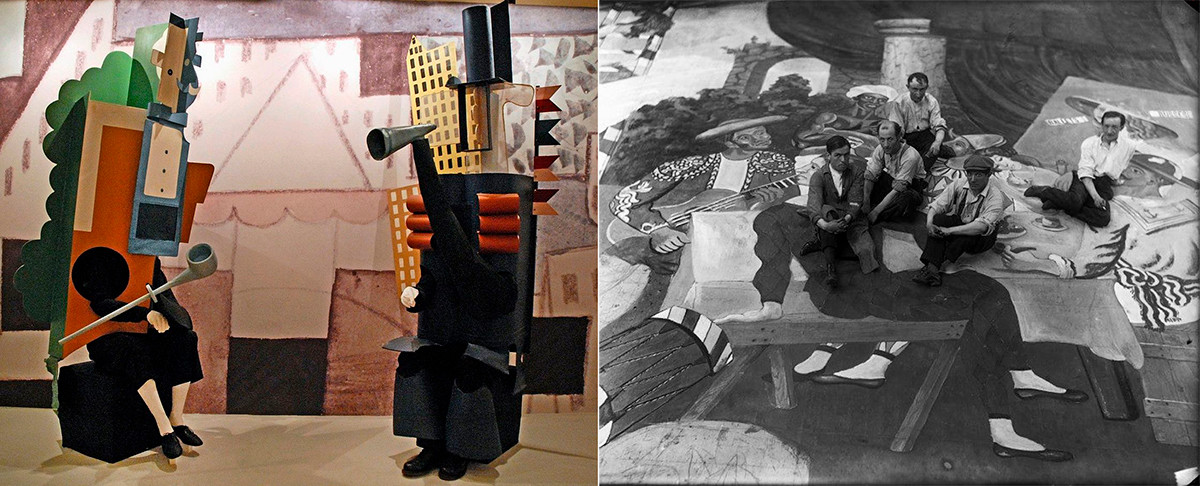
Left: ‘Parade’ ballet. Right: Pablo Picasso and scene painters sitting on the front cloth for Léonide Massine's ballet Parade, Paris, 1917.
Jean-Pierre Dalbéra (CC BY 2.0); Public domainDuring World War I, Russian ballet almost did not perform in Europe, with the exception of a few charity concerts in favor of the Red Cross, since Nijinsky was in captivity in Austria, and Fokin and Karsavina could not leave Russia. In 1916, Diaghilev invited new dancers Vera Nemchinova, Lydia Sokolova and Leon Wojciechowski to join the troupe and went on a grand tour across the U.S. and South America.
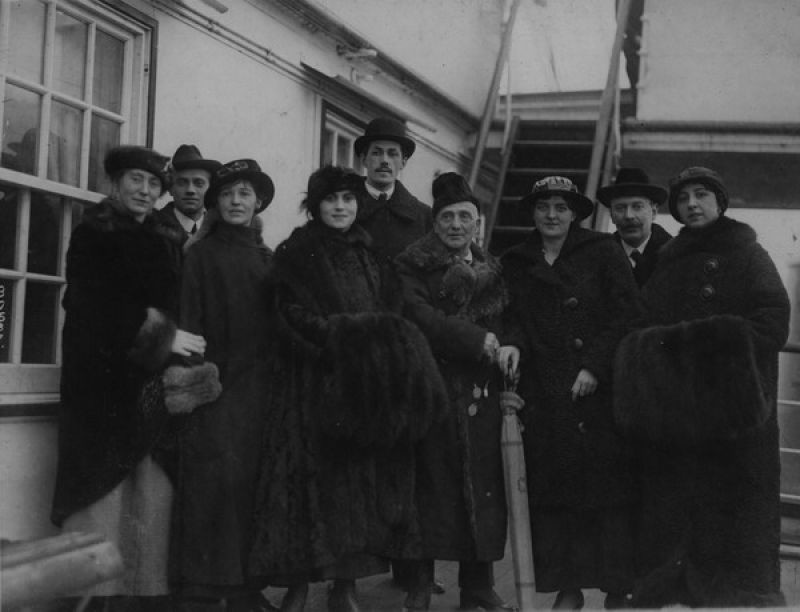
Choreographer Enrico Cecchetti (center) and Ballets Russes in New York, 1916.
St. Petersburg State Museum of Theater and MusicIn 1919, the tour continued in the UK.
In September 1917, Nijinsky danced in ‘The Spirit of the Rose’ ballet for the last time and then left the stage and moved with his wife to Switzerland.
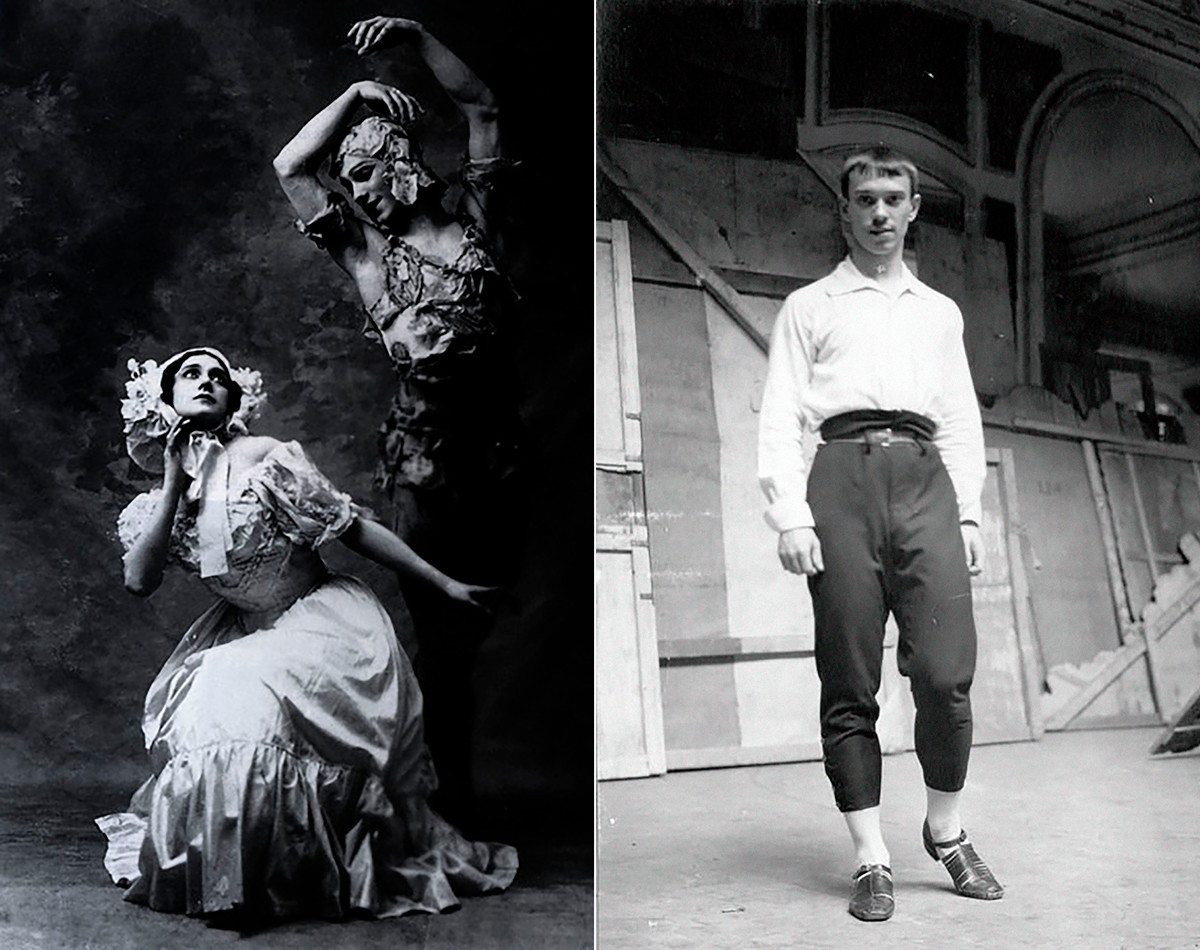
Left: Nijinsky and Karsavina in the first performance of "Spectre de la rose", 1911. Right: Nijinsky at the Le Palais du Soleil Theater.
Public Domain; A. BotkinRehearsals in Monte Carlo resumed only in the early 1920s. Future ballet star Serge Lifar joined the troupe, while Nijinsky’s sister Bronislava became the choreographer.
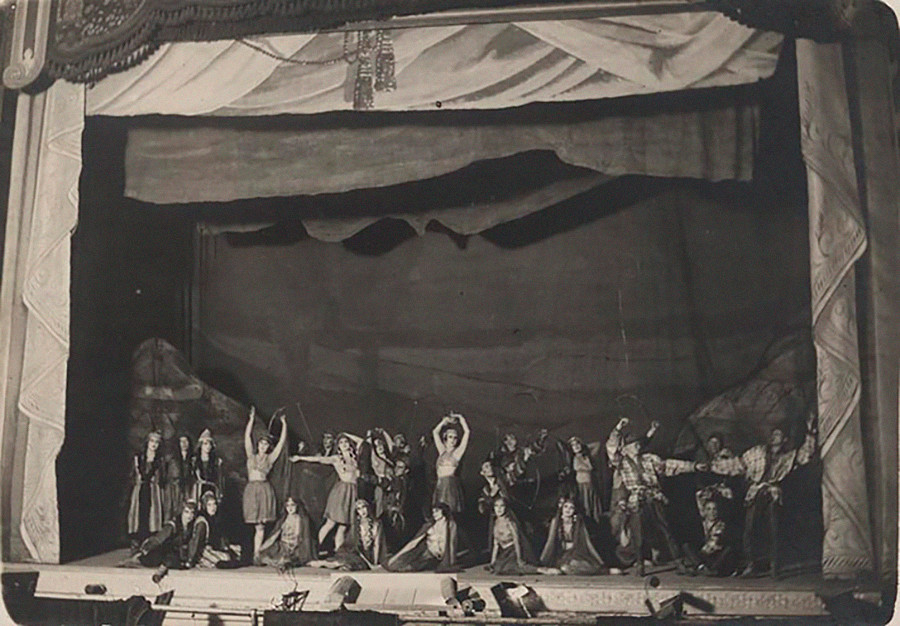
Polovtsian Dances from Prince Igor, 1923.
Public DomainOne of the last premiers of Ballets Russes became the neoclassical ‘Apollon’ musagète, written by Igor Stravinsky and staged by young George Balanchine, in 1928.
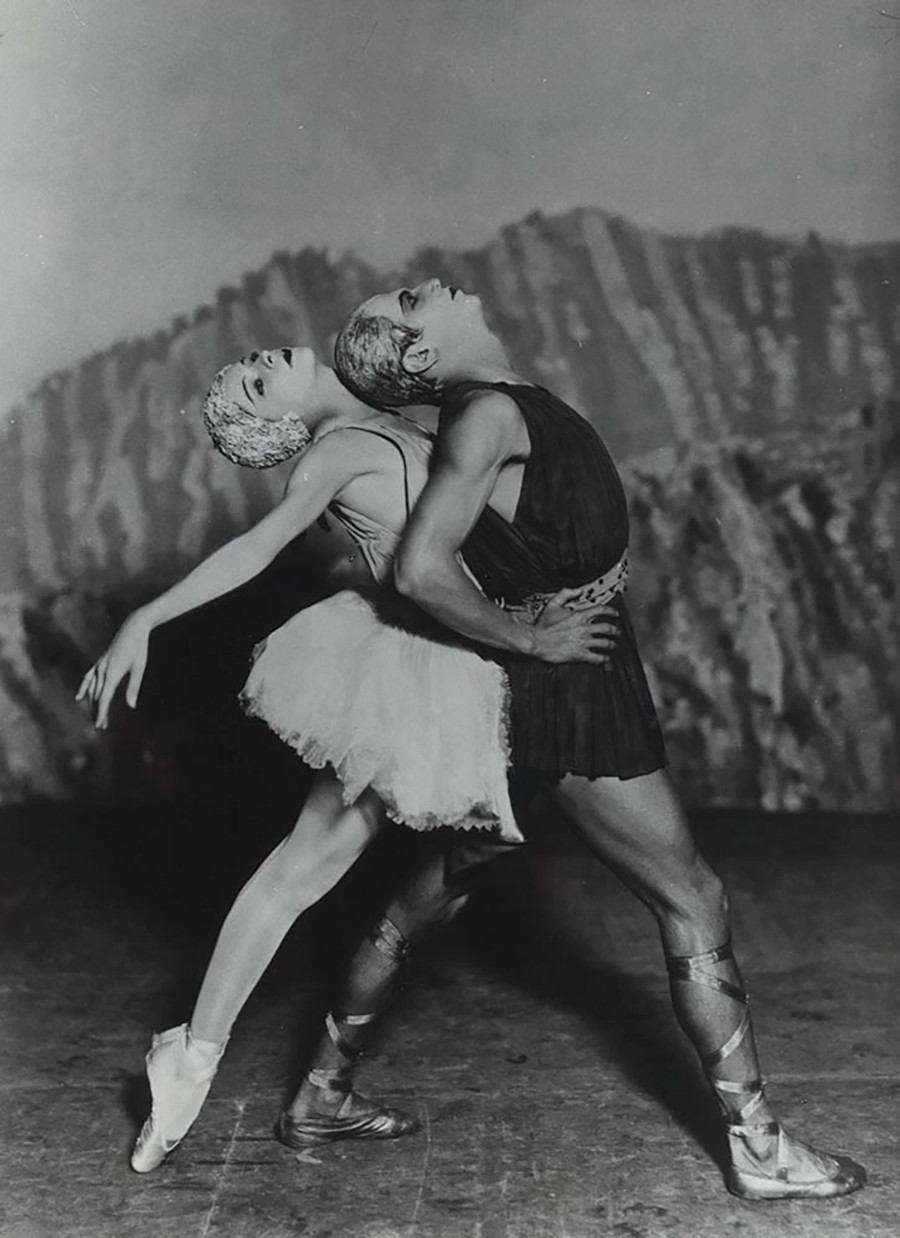
Alexandra Danilova and Serge Lifar in Apollon Musagete.
Public domainCostumes were designed by Coco Chanel, who actively supported Diaghilev. She also paid for his funeral in August 1929.
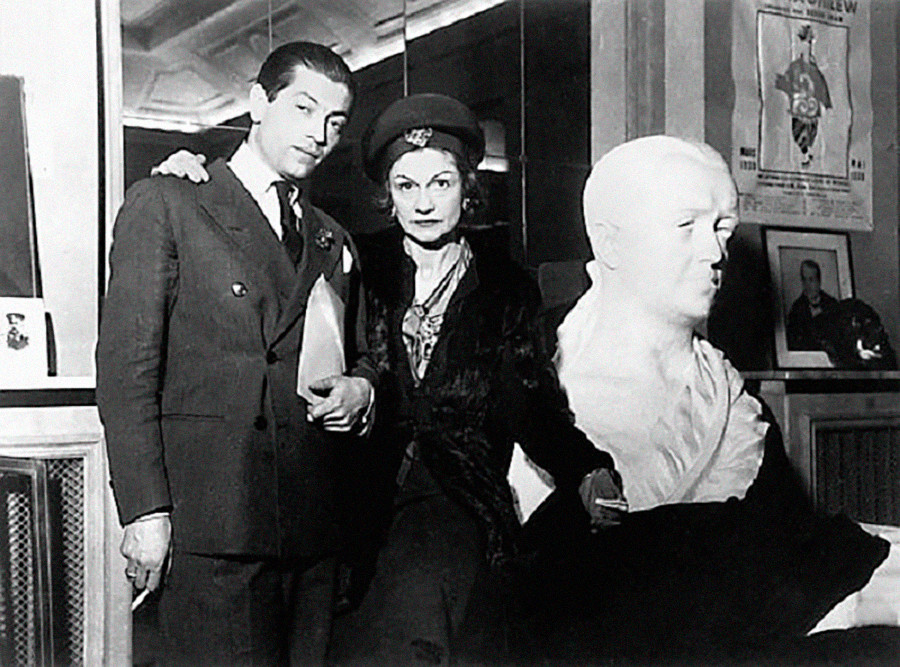
Serge Lifar and Coco Chanel.
Public domainAfter Diaghilev’s death, dancer Léonide Massine took over Ballets Russes de Monte-Carlo, which continued performing across the world. Lifar headed the ballet at the French Grand Opéra, while Balanchine left for the U.S., where became known as the “father of American ballet”.
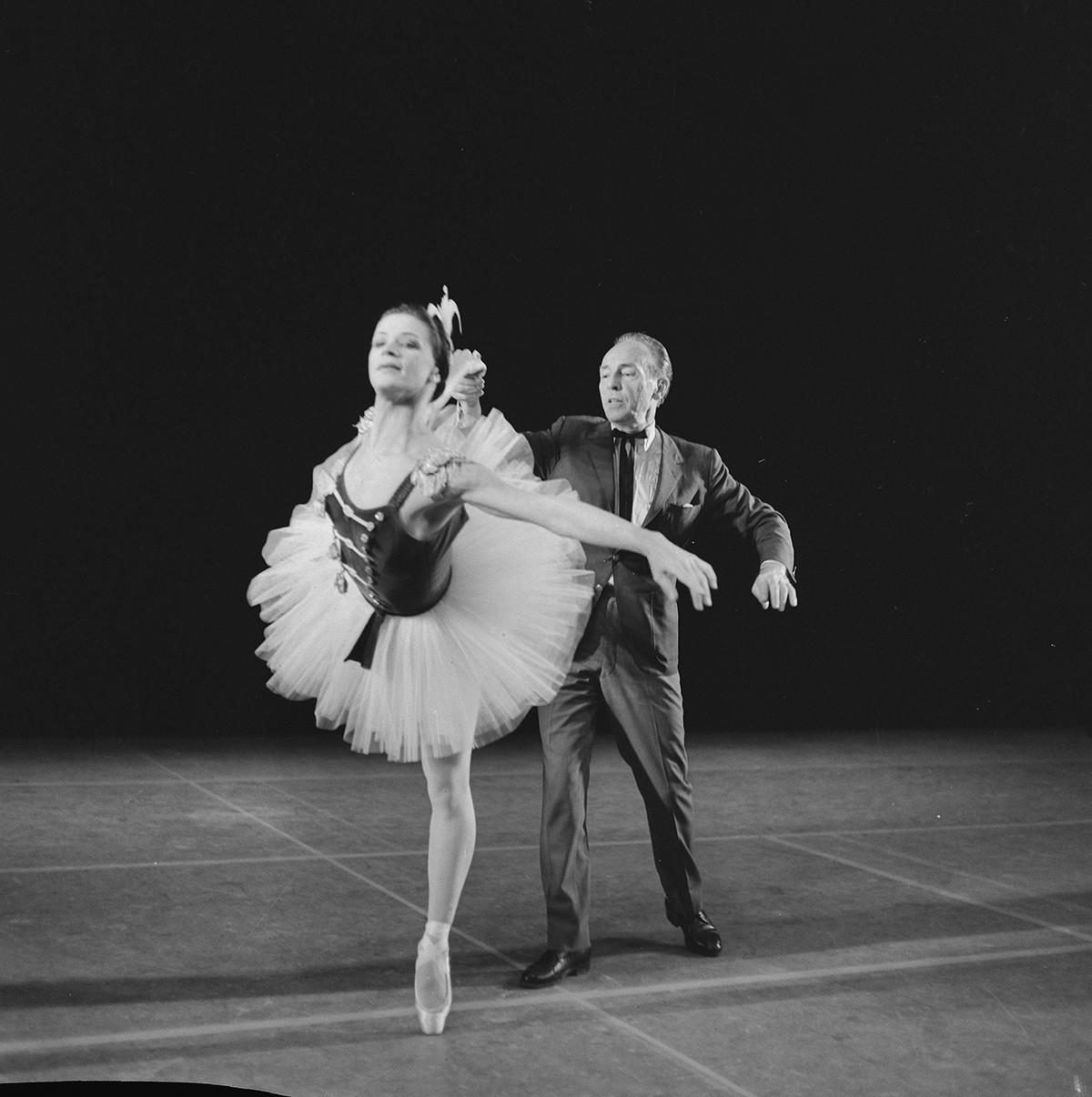
George Balanchine in New York.
Ron Kroon/AnefoIf using any of Russia Beyond's content, partly or in full, always provide an active hyperlink to the original material.
Subscribe
to our newsletter!
Get the week's best stories straight to your inbox